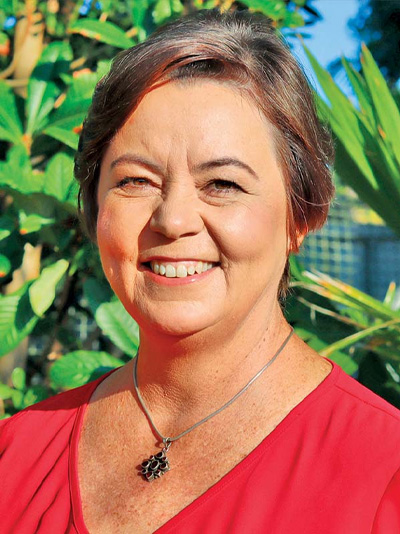Rooftop solar power systems were installed 11% faster in Australia in 2023 than in 2022, and fell just short of record levels, according to a new report from solar and storage market analyst SunWiz.

According to the 2024 Annual SunWiz Australian PV Report, a whopping 2.5GW of residential solar power was installed last year – equivalent to 6.1 million average sized solar panels – plus 0.9GW of commercial rooftop systems; respectively 4% and 0.2% less than the record year (2021).
This lifted the Australian cumulative total deployment of solar power to 36.7GW. Residential systems comprise 52% of this cumulative tally.
SunWiz Managing Director Warwick Johnston said this is another demonstration of the global leadership Australia plays in distributed energy generation.
“With more than 3.7 million solar power systems installed, Australia remains the world’s leading country for per-capita uptake of rooftop solar power. There are more than three solar panels installed for every Australian,” Mr Johnston said.
“Despite household and business budgets being hit hard by inflation and interest rate increases, solar power systems fell in price in 2023. Solar power remains the most popular way of reducing electricity bills, and it rapidly pays for itself.
“We’ve also seen many Australians installing larger solar systems and even upgrading existing units, to power electric vehicles and home energy storage systems, like batteries.
“Solar power is now a major contributor to the nation’s energy requirements. South Australia is regularly powered by 100% solar energy, with occasions where all that state’s energy needs are met by rooftop solar.”
By contrast, Australia’s overall solar industry, including solar farms, contracted last year for the first time since 2013. The amount of new solar power installed in Australia in 2023 was 4.6GW in total. This was lower than in 2022 (5.6GW) and its lowest level since 2019.
The downturn occurred primarily due to reduced numbers of large-scale solar farms being energized. Ten new solar farms totaling 1.1GW started producing energy in 2023, a 60% reduction on the 2.9GW from the previous year, and the worst year for solar farms since before their rollout began in earnest in 2018.
“The report underlines the need to rebuild momentum in the solar farm development pipeline.
“The downturn in the Australian solar industry occurred due to less solar farm construction activity. A decade of inaction and blocking by the previous federal government resulted in stalling development of solar farms, which eventually resulted in reduced construction.
“While we expect continued growth in rooftop PV deployment, the number of solar farms likely to come online in 2024 looks set to further contract.
“This demonstrates the need for federal and state governments to implement policy changes that accelerate the development and construction of solar farms, while swiftly acting to support the roll out of commercial solar power and home energy storage systems.”
Key report findings:
- 4.6 GW of solar capacity in total was installed in 2023.
- The residential solar market experienced healthy growth, deploying 2.5GW, the 2nd best year on record.
- Though the rooftop solar market grew, it wasn’t enough to make up for the downturn in new solar farms coming online, with the solar industry posting an overall contraction.
- 1.1GW of solar farms were brought online for the first time in 2023.
- This brings the all-time tally to 33.7GW, of which 19.2GW is residential / 23.1GW is sub-100kW / 25.1GW is rooftop-mounted.


